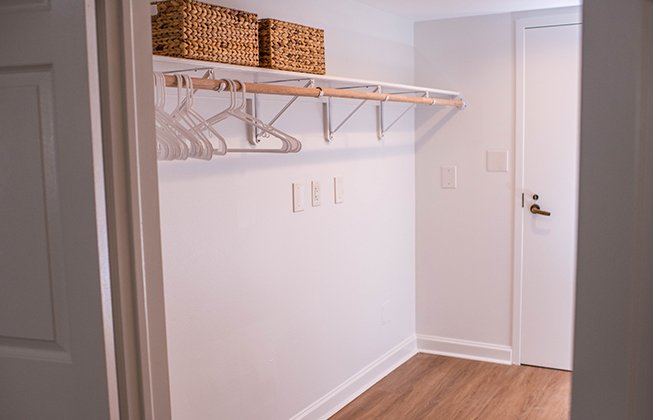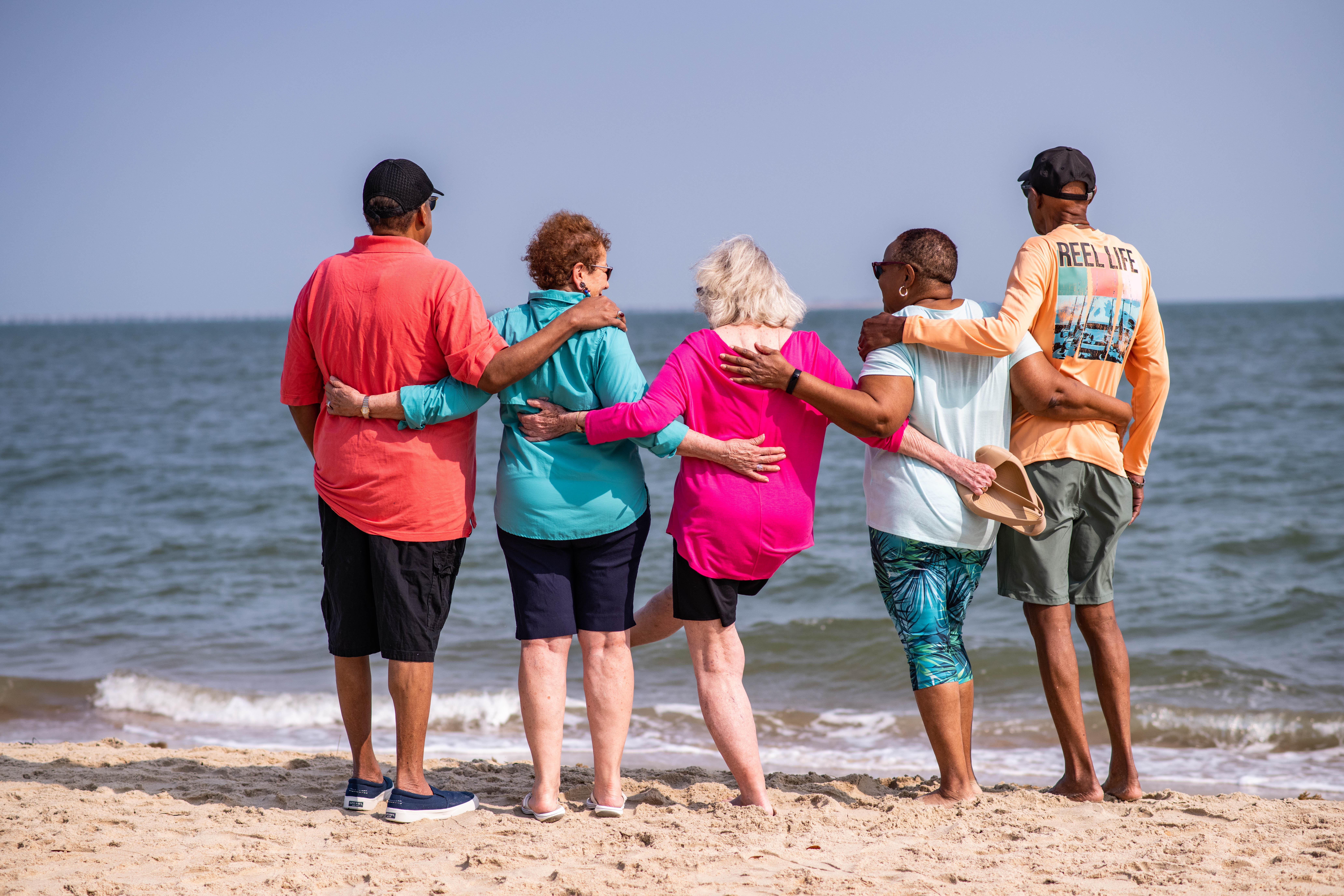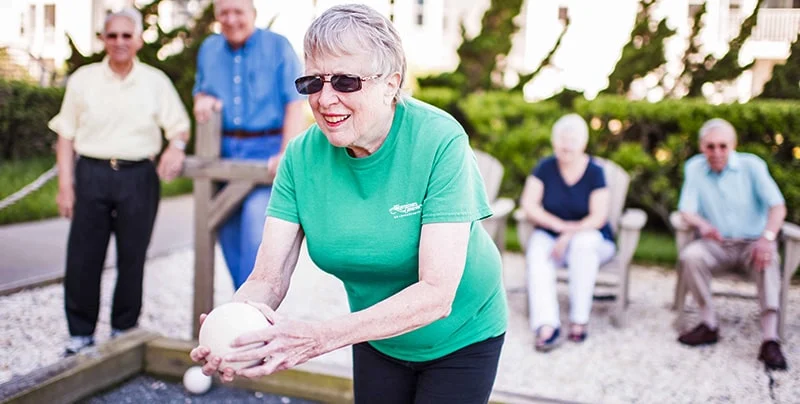Why Kayaking Is One of the Best Low-Impact Exercises for Seniors
Lots of research shows how important regular exercise is for healthy aging. But following the same fitness routine can become boring. That’s why it’s important to have a variety of low-impact exercises for seniors — like kayaking — to choose from so you can switch it up. This blog post will look at the health benefits of kayaking, including helping with your cardiovascular health and fall prevention.
Improve Heart Health
One of the best ways to keep your heart healthy is to be more physically active. To get started, talk with your doctor about the type of activities that would be best for you, and then try to get at least 150 minutes of physical activity each week. Start by doing activities you enjoy — like brisk walking, dancing, bowling, bicycling or gardening.
Decrease Fall Risk
According to the Centers for Disease Control and Prevention, in 2019, falls among adults 65 and older caused over 34,000 deaths, making it the leading cause of injury death for that group. Emergency departments also recorded 3 million visits nationwide for older adult falls.
Physical benefits of kayaking
Kayaking is one low-impact exercise for seniors that can help improve your aerobic fitness, strength and flexibility.
- Healthy body weight: If weight loss is one of your goals, kayaking will help you burn up to 500 calories per hour if you paddle at an average of 5 mph. If you spend an entire afternoon on the water, you could burn almost 1,600 calories kayaking.
- Increased upper body strength: Kayaking uses many of your upper-body muscles on your back, shoulders and chest. Paddling for hours is an excellent way to exercise these muscles.
- Toned legs: As you kayak, your legs apply the needed pressure to keep you balanced on the kayak and also help you turn or maneuver.
- Strengthen your core: As you balance and paddle your kayak, you engage the muscles of your abdomen, obliques and lower back, strengthening your core with every stroke. And having strong core strength is vital for maintaining your balance and preventing falls.
- Increased endurance: Following a moderately intense exercise program like kayaking, at least three times a week, can increase your energy levels by 20% and allow you to participate in your favorite activities longer.
- Improved heart health: Kayaking is an aerobic sport, which helps strengthen your heart muscle, improve your heart’s efficiency and increase the total amount of red blood cells in the body.
- Vitamin D: Being in the sun helps your body produce vitamin D, which is essential for strong bones. Vitamin D also helps boost the immune system, aids in brain development, supports muscle function and keeps the heart healthy.
General tips for kayaking beginners:
- While it’s possible to learn a lot by reading, lessons will improve your technique, reduce your risk of injuries and help you become more aware of safety issues when on the water. Because Westminster-Canterbury is on the water, we have our own kayak launch and at least a few residents who could give you some pointers.
- Since you could occasionally tip into the water, make sure you’re a competent swimmer.
- Consider borrowing or renting equipment until you’re sure that you enjoy kayaking enough to pay for a full kit.
Basic kit for kayaking:
- Kayak and paddle
- Personal flotation device, such as a life vest or life jacket.
- Helmet
- Wetsuit
- Wetsuit booties
- Appropriate clothing
Items you should take with you:
- First aid and kayak repair kit
- Drinkable water
- Small pack of high-energy foods
- Dry clothes and mobile phone protected by a waterproof bag
General health and safety suggestions:
- Know how to use your first aid kit. Take a first aid course, if necessary.
- Make sure your preparation and skills are adequate for the planned paddling activity.
- Be visible to other watercraft. Put reflective tape or fluorescent paint on your helmet, life jacket and canoe or kayak.
- Always wear your personal flotation device and helmet.
- Make sure you know about potential hazards in the proposed waterway. Seek local knowledge if paddling in a location for the first time. Consider air and water temperature, currents, tides and wave action.
- Check weather conditions before you paddle.
- Don’t paddle alone. Always tell someone about your plans, including where you intend to paddle and when you expect to be back.
- Dress for the conditions. Apply 30+ SPF sunscreen (or higher) to all exposed areas of skin.
- Keep your equipment in good repair.
Experience the benefits of beachfront lifestyle
At Westminster-Canterbury, our senior living community is located right on Chesapeake Bay, which allows us to have a kayak launch right on our campus. To learn more or to see it for yourself, contact us here.
< Back


































